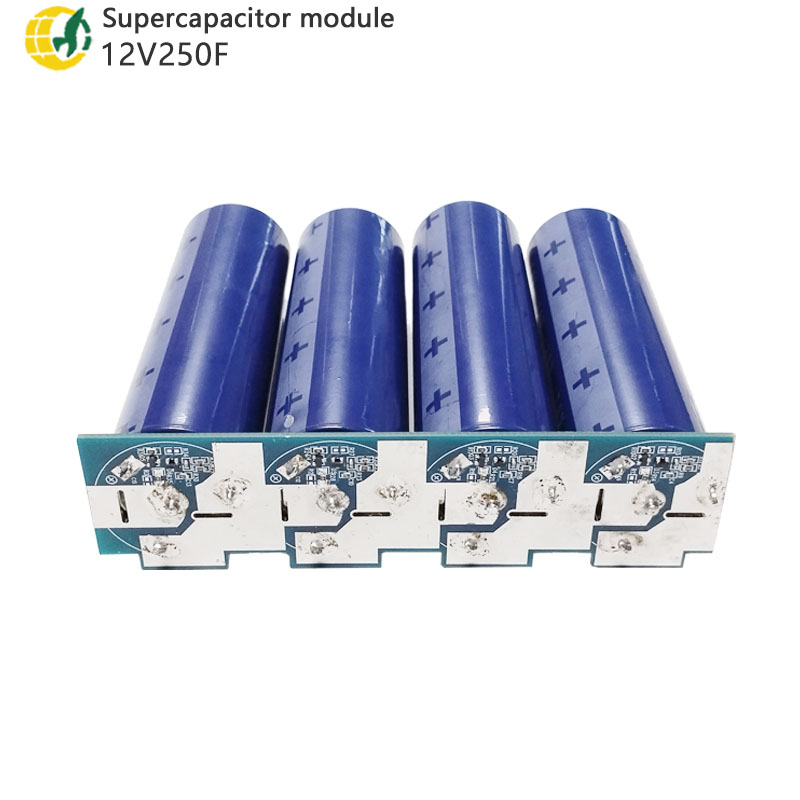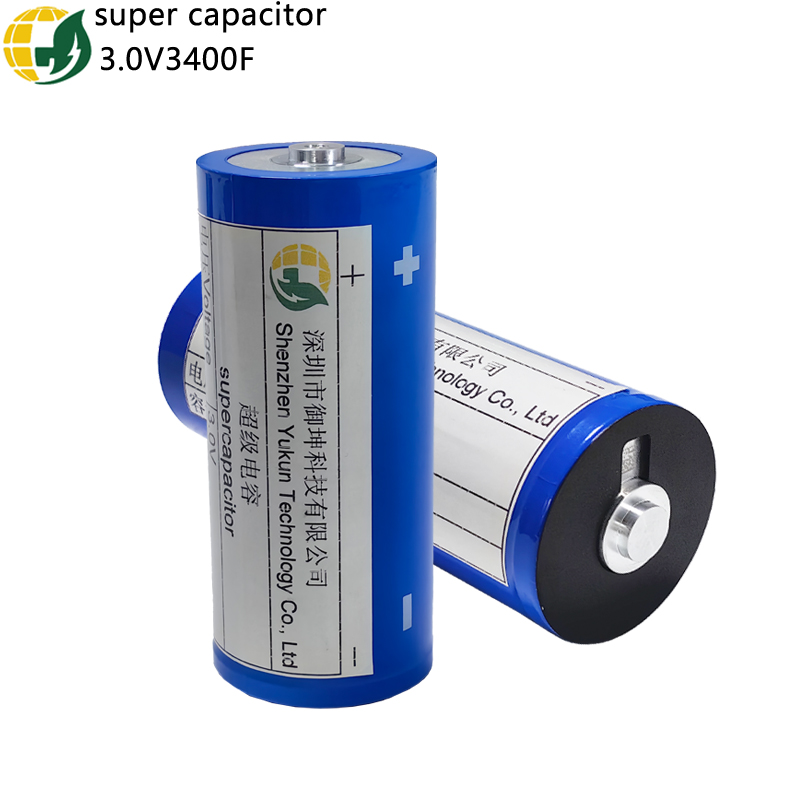Consulting phone:
135-3037-2041
(Mr.Wang)
What is a supercapacitor? What are the benefits of parallel supercapacitors with batteries?
As an energy storage device comparable to batteries, supercapacitors have the most significant characteristics of high power density, large capacity, fast charging, high current discharge, multiple charging and discharging times (500000 times), safety, and environmental protection. The disadvantages are large volume, low energy density, high self discharge rate, and low individual voltage resistance. And compared to batteries, like other capacitors, its voltage continuously decreases during the discharge process. Based on the above characteristics, supercapacitors are not suitable as the main energy storage unit, but are widely used in energy recovery systems to improve startup performance. There are two ways to charge capacitors: fixed resistance and fixed current. The fixed resistor method is relatively simple, but the power loss on the resistor is relatively large, and charging is slow. It is generally used during pre charging (per charge). Fixed current charging is similar to the charging of lithium batteries, but the charging current can be much larger. According to the characteristics of supercapacitors, one of their main applications is to be connected in parallel with power batteries to provide high current when the load suddenly increases. The typical parallel connection method is shown in the following figure:
When the motor is operating normally, the current is provided by the lithium battery pack, and this rated current is determined by the characteristics of the battery. At the same time, when the system starts, it charges the supercapacitor from the battery through a charging circuit.
When the motor starts or the load suddenly increases, the current required by the motor is several times the rated current. For batteries, suddenly providing a large current will cause a rapid decrease in battery voltage, resulting in the motor's performance not reaching normal levels.
If a supercapacitor is connected in parallel as shown in the above figure, the sudden increase in current can be provided by the capacitor. In this way, the voltage changes at both ends of the battery and the current changes flowing out of the battery will be greatly reduced, which not only greatly helps to improve the performance of the motor, but also greatly reduces the impact on the battery life.
The following two pictures show the comparison of battery voltage and current before and after parallel connection of supercapacitors at the battery end during car startup. It can be clearly seen that with supercapacitors, the instantaneous output power of the battery significantly increases.
As a lithium battery, it can provide much smaller instantaneous current compared to lead-acid batteries, so it should be a good choice to use supercapacitors in electric or hybrid vehicles powered by lithium batteries. As for the selected capacity, it needs to be calculated based on the power of the battery and motor, and can only be determined after various tests in various situations. After all, this thing cannot achieve the desired effect with a small capacity, and a large capacity is a waste of money.
The main responsibility of using supercapacitors to effectively provide high-power pulse output is to extend the lifespan of power batteries, making it easier to successfully use batteries with slightly lower output power. 